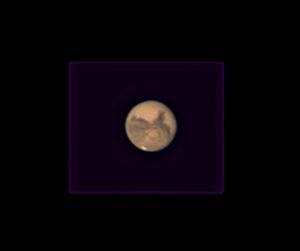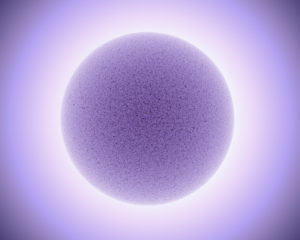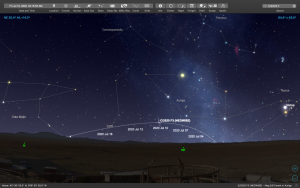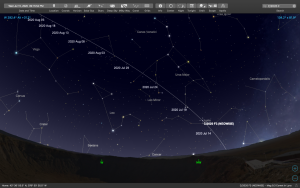Today in BAA member news:
Dan Marcus captured a great image of Mars on October 5th from the club’s C14 telescope at the Beaver Meadow Observatory. Click on the image below to see it close-up. Several famous Martian features are clearly visible:
 As you may have heard or seen yourself, Mars is currently super close to earth, with its opposition happening on October 13th. It’s been high in the sky every October night so far, with a faint reddish light. I got a good look at it myself visually a few nights ago, and it’s worth seeing if you haven’t already! More info about Mars’ close approach can be found here on EarthSky: https://earthsky.org/tonight/mars-closest-to-earth-october-6
As you may have heard or seen yourself, Mars is currently super close to earth, with its opposition happening on October 13th. It’s been high in the sky every October night so far, with a faint reddish light. I got a good look at it myself visually a few nights ago, and it’s worth seeing if you haven’t already! More info about Mars’ close approach can be found here on EarthSky: https://earthsky.org/tonight/mars-closest-to-earth-october-6
 (Click the picture above to go to the RMG website and see it at a higher resolution!)
(Click the picture above to go to the RMG website and see it at a higher resolution!)
Also, Alan Friedman recently won an international award for solar astrophotography. His image, titled “Ultraviolet,” netted him the Highly Commended prize in the Our Sun category at the Insight Investment Astronomy Photographer of the Year competition, held by the Royal Museums Greenwich. If you are a member you’ve probably seen Alan’s great images on the forum. You can also see many more at his website, and be sure to go to RMG’s website too to see it full size in their gallery. Congrats to Alan — it’s a beautiful picture, and a great honor to have the BAA represented at this competition.


